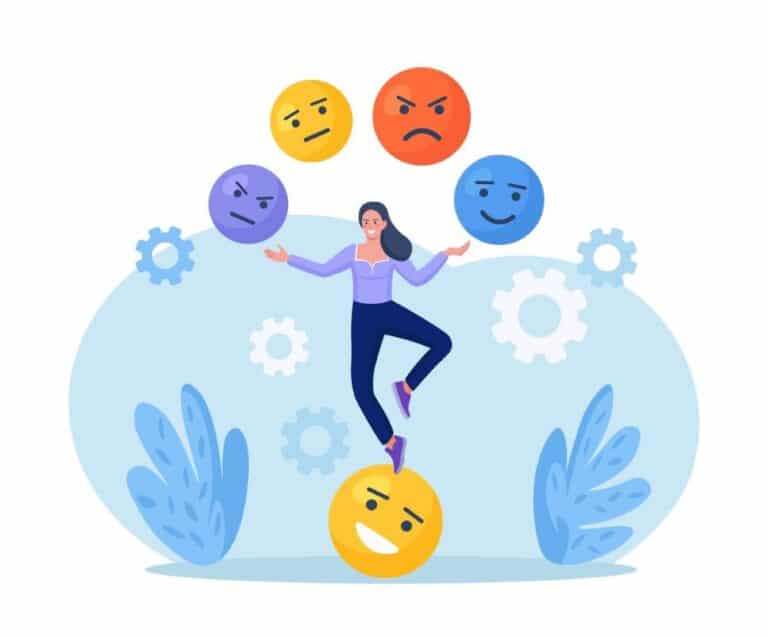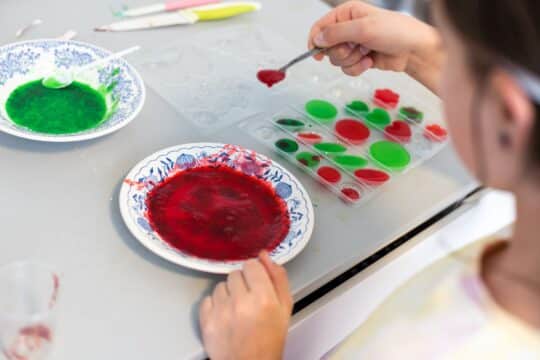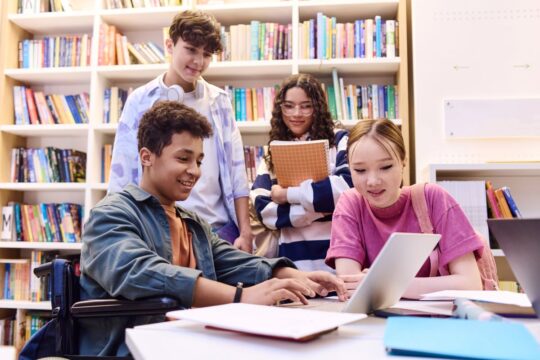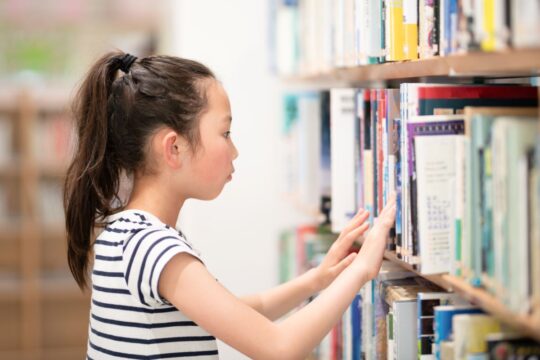Picture a classroom where you don’t have to address student misbehavior constantly. Managing behavior is one of the toughest parts of teaching, with so much time spent reminding students how to behave. But what if that wasn’t necessary?
What if students knew how to follow directions, use their critical thinking skills, and stay focused during work time? It would make everyone’s day run more smoothly, and students could truly focus on learning.
Self-control plays a vital role in every student’s success. Whether on the playground, in group work, or tackling independent tasks, having the ability to regulate their behavior is an essential skill.
Research from school psychologists highlights that teaching students to monitor their behavior fosters independence and helps them develop other self-regulation skills over time.
In this guide, you’ll learn what self-monitoring is, why it’s an effective classroom strategy, and how to use interactive modeling to teach students to assess and manage their behavior.
What Is Self-Monitoring?
Self-monitoring is a proactive strategy teachers use to help students develop self-management skills. It’s a versatile approach that can be adapted to increase positive behaviors or reduce undesirable ones.
At its core, self-monitoring involves teaching students to observe and record their behavior to determine whether it aligns with expectations. This strategy can address a wide range of needs, from helping students stay focused on tasks to boosting their motivation.
Why Is Self-Monitoring Effective?
Research shows that self-monitoring can significantly improve behavior and enhance academic performance.
It also fosters key skills such as confidence, independence, and responsibility in students. Also, it’s one of the most widely used self-management techniques in classrooms, thanks to its proven effectiveness and adaptability.
Why Do Students Need to Learn Self-Monitoring?
Self-monitoring encourages independence. It teaches students to recognize when their behavior is off track and to adjust it without the need for reminders from the teacher. It also helps to boost confidence.
When students learn how to self-monitor, they feel more in control of their actions and decisions. They begin to believe that they can handle these challenges, which is exactly what we want them to do. Lastly, it helps to improve their focus and makes them more productive. With so many distractions everywhere they look, self-monitoring helps students stay focused by giving them tools to check in with themselves.
Teaching the Interactive Modeling Strategy
The interactive modeling strategy is a highly effective way to teach children any skill or procedure you want them to learn with accuracy. Here’s how you can use this approach to help students regularly monitor their behavior.
Model How to Self-Check Behavior
Start by explaining to students that you will be modeling how to self-check behavior. Let them know this is important because some behaviors can disrupt their learning or that of their classmates.
Introduce the idea of a self-check by asking yourself the question, “Am I doing what I’m supposed to be doing right now?” Encourage students to observe closely as you model this process.
Model Expected Behavior
To help students understand, show them clear examples and non-examples of the target behavior. For instance:
- Sit on the floor, pretending to listen to a lesson.
- Then, look around the classroom or act distracted.
- Next, point to your head (as if thinking) and verbalize a self-check:
“Am I doing what I’m supposed to be doing right now? No, I’m not. I’m distracted. I need to sit quietly and focus on my teacher.” This demonstration helps students see how to identify off-task behavior and redirect themselves.
Discuss Observations
After modeling, start a discussion with the class. Ask students what they noticed during your demonstration:
- “What did you see me doing?”
- “How did I remind myself to self-check?”
Reinforce the idea that self-checking throughout the day can help them stay on track. Emphasize that using internal dialogue (talking to themselves in their head) is a powerful tool for staying focused.
Have Students Model Behavior
Invite a few student volunteers to model what self-checking looks like, just as you demonstrated. Encourage them to use their own examples, as long as they show how they self-monitor their behavior. Afterward, lead a group discussion about what the class observed:
- “What did Bobby do when he noticed his behavior wasn’t okay?”
- “How did he go from being distracted to doing the right thing?”
Remind students that talking to themselves and using self-checks throughout the day will help them gain greater self-control.
Challenge Students to Self-Monitor
Before your next lesson, challenge students to use the self-monitoring strategy. Afterward, ask if anyone tried it and how it worked for them.
Encourage volunteers to demonstrate what the strategy looks like when they’re sitting quietly and self-checking. Discuss how they noticed they were off-task and how they got themselves back on track. These examples will be especially helpful for students still learning to use the strategy effectively.
Teaching students to self-monitor their behavior reduces the need for constant intervention. With time and practice, students will be able to manage their behavior, leading to a significant increase in appropriate actions and a decrease in disruptions in the classroom.
Educators never stop learning; check out our available graduate degree programs to hone your skills and promote lifelong learning and academic excellence.




